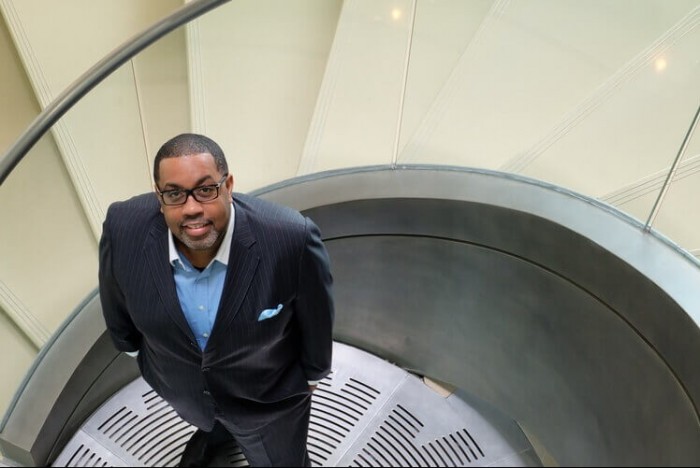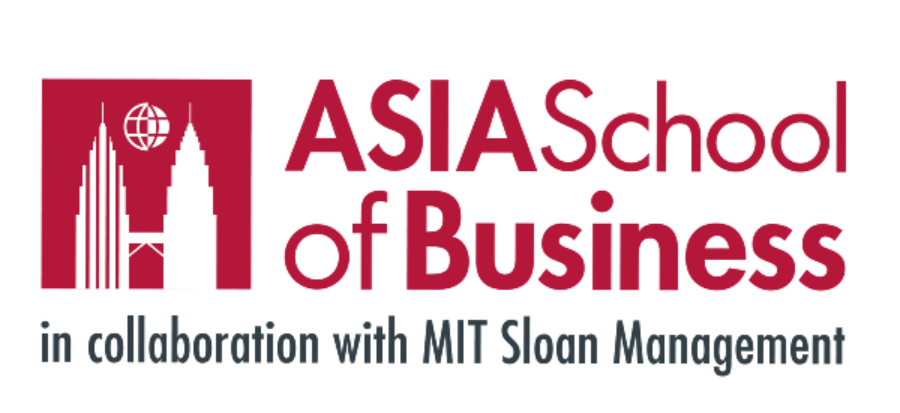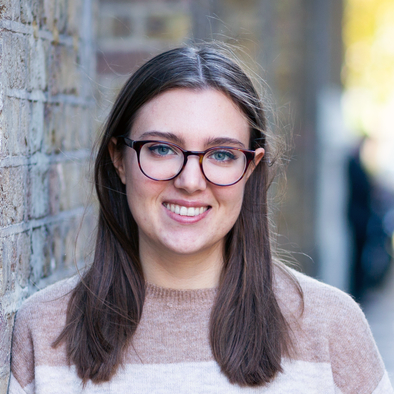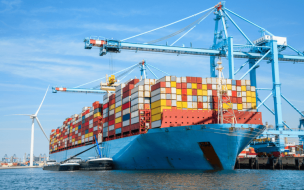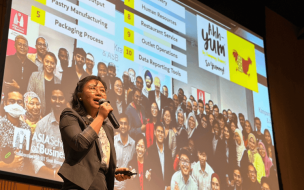Sean O Ferguson was working as the associate dean of MBA programs at a leading school in Hong Kong when he was offered the chance to join a new business school venture, a collaboration between the Central Bank of Malaysia and MIT Sloan School of Management.
Asia School of Business (ASB), located in Kuala Lumpur, Malaysia, enrolled its first MBA class in September 2016. Sean joined the school as associate dean and director of the MBA program at the beginning of this year—before the first class had graduated.
“It’s been great to go to a startup culture and a place where there’s a real blank canvas,” Sean says. “We can explore and test out new ideas for what the future’s going to look like in management education.”
Sean relished the opportunity to bring his business experience from the US—where he worked as an assistant dean for the MBA programs at Rice University’s Jones Graduate School of Business—and apply it to the fresh environment of ASB.
Indeed, Sean’s own background influenced his decision to move to Asia—and he says that ASB is looking for students who share the same adventurous attitude to learning and innovating.
“Being of immigrant heritage, my parents came to America seeking opportunity. So when the Hong Kong school reached out to me in 2012 I thought, well I’m going to seek opportunity in Asia,” Sean muses.
“We need students at the Asia School of Business who want to be a part of the transformation of the Southeast Asia region,” he explains. Specifically, Sean says, ASB is looking for students who are ‘frontier-minded’.
“The students who come to ASB want to be where the commercial world is going, not where the world is,” he adds. “They want to be on the front line, where the action is really happening, not the ivory towers of Hong Kong or Singapore.”
“We want students who challenge the status quo, who have the confidence to take risks in these emerging markets. You need to have an appetite for this.”
The MBA at Asia School of Business, dubbed ‘MBA 3.0’, has been developed with the help of faculty members from MIT and includes the same rigorous learning experience that Sloan School of Management is famous for.
“If MBA 1.0 was war stories, and MBA 2.0 was case studies, our MBA 3.0 is really built on action and applied learning,” Sean explains.
Experiential learning forms the heart of the MBA 3.0 curriculum at Asia Business School, and students will have five opportunities to participate in real business projects across Southeast Asia during the 20-month program—”this is unrivalled in the industry!” Sean quips.
Malaysia’s GDP is expected to grow by up to 5% per year, PwC notes in their 2017 report on Kuala Lumpur’s business environment. Because of this rapid growth, Sean says that MBA grads within the ASEAN region (Association of Southeast Asian Nations) will have plenty of career opportunities once they graduate.
In 2016, a report from the United Nations Conference on Trade and Development named Malaysia one of the top 10 economic destinations for multinational enterprises, and Fortune 500 companies such as IBM, GE, and GSK all have hubs in the country—making it an attractive location for Action Learning.
“The first Action Learning project is in Malaysia, but the remainder take place all over the region,” Sean explains. “At the moment, I have second-year MBA students in Myanmar, Indonesia, Vietnam, the Philippines, Thailand.
“We have a very cross-culturally sophisticated student at ASB, who has been in the region, experienced what’s going on here, and has a better sense of how to relate to the different markets,” he adds.
A business school with its own DNA
Though the school may be a collaboration with MIT, Sean is adamant that Asia School of Business offers its own value proposition for students and is an original interpretation of what is relevant for MBA candidates in Asia.
“The best analogy for this might be that I have my father’s DNA, but I’m not my father. While our DNA is MIT, I would say who we are is uniquely ASB.”
The MBA’s cohort also has a unique DNA makeup—70% of the class is from outside of Malaysia, including students from developing countries such as Turkmenistan, Botswana, and Bosnia and Herzegovina. But, though diverse, Sean says these students are linked by their desire to work in an emerging region.
“In Hong Kong and Singapore, it’s a relatively soft landing for international students. While they are Asian-inspired for sure, it's not like Kuala Lumpur, where you’re on the frontier,” he says. “We talk about impacting the emerging world and the economic transformation of Asia, these are things that really resonate with our students.
“What we’re looking for are people who see that the MBA at Asia School of Business is an investment in themselves—something that will make them unique and different for the rest of their career.”


